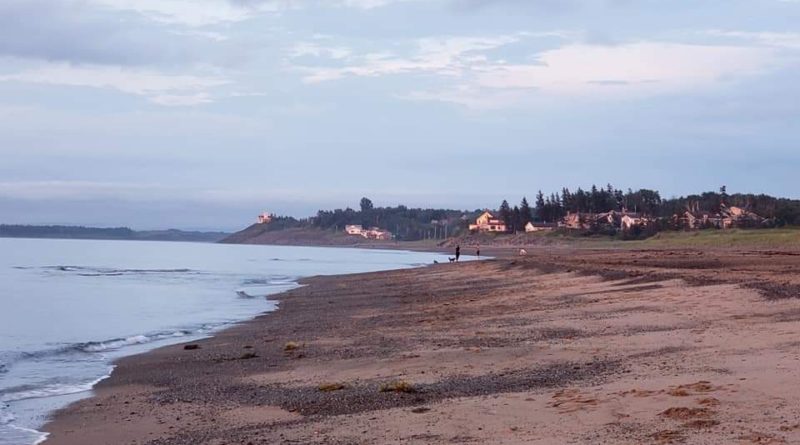Protecting Coastal Communities, Homes and Natural Areas.
Municipalities will soon get more support to help protect coastal communities, homes and natural areas from the effects of climate change.
Today, April 15, the Province announced funding for a new coastal protection co-ordinator to serve as a critical link between the Province and municipalities as they work together to protect Nova Scotia’s coastline.
The Nova Scotia Federation of Municipalities will hire and employ the co-ordinator, who will facilitate the collaboration needed to collectively rethink coastal development so that communities, homes and natural areas are safeguarded and climate resiliency is integrated into coastal zoning, land-use planning and building permits.
“Like Nova Scotians, our government loves our coast and is committed to protecting it – we are a coastal province and we all want our coastal communities, beaches, trails, natural areas and way of life to be protected so we can continue to enjoy and live near the ocean,” said Timothy Halman, Minister of Environment and Climate Change. “Municipal leadership and action is critical as municipalities know their communities best and are the level of government responsible for zoning, land-use planning and building permits. Climate change response requires all hands on deck and the Province has committed to working lock-step with municipalities on coastal protection and supporting them.”
The coastal protection co-ordinator will support the Province and municipalities as they implement The Future of Nova Scotia’s Coastline: A plan to protect people, homes and nature from climate change, specifically actions 8 and 11.
The government released the plan on February 26, including 15 actions for the Province, municipalities and property owners to carry out to make coastal communities, homes and natural areas climate resilient. It includes:
- Action 8: to develop content for an example land-use bylaw to help regulate coastal protection in communities
- Action 11: to support municipalities with flood planning, adaptation and mitigation by expanding the responsibilities of Environment and Climate Change’s new flood management and adaptation lead and stormwater engineer positions to understand the supports municipalities need; help connect municipalities to provincial data to assess risks along the coast and develop policies in response; and expand the joint efforts underway by the cross-departmental flood planning working group to provide co-ordinated information and related supports for flood management and adaptation planning.
The government also announced an initial $3 million to support coastal protection, including $1.6 million for flood-line maps and climate change adaptation workshops – co-ordinated by the Nova Scotia Federation of Municipalities – to support municipalities, and a $1.6-million top-up to the Community Climate Capacity Program.
Quotes:
“The Nova Scotia Federation of Municipalities is pleased to receive support from the Department of Environment and Climate Change enabling us to hire a dedicated coastal protection co-ordinator for municipalities. We also look forward to facilitating municipal supports for mitigating flood hazards. These resources will play a crucial part in building the capacity of our members across the province to safeguard communities.”
— Juanita Spencer, CEO, Nova Scotia Federation of Municipalities
“Provincially funded staff support at the Nova Scotia Federation of Municipalities, in the form of a coastal protection co-ordinator, is a welcome first step in provincial support to assist municipal units in dealing with coastal protection.”
— Carolyn Bolivar-Getson, Mayor, Municipality of the District of Lunenburg
Quick Facts:
- the coastal protection co-ordinator is expected to start work in June; the Province is providing $476,345 over three years to fund the position
- about 13.1 per cent of Nova Scotia’s coastline is currently protected from development inside provincial and national parks, wilderness areas, nature reserves, national wildlife areas and on land owned and managed by conservation land trusts and Mi’kmaw organizations; the government has committed to increasing this percentage as part of its goal to protect 20 per cent of the province’s land and water by 2030
Additional Resources:
The Future of Nova Scotia’s Coastline: a plan to protect people, homes and nature from climate change: https://novascotia.ca/coastal-climate-change/docs/coastline-plan.pdf
Source : Provincial Release




